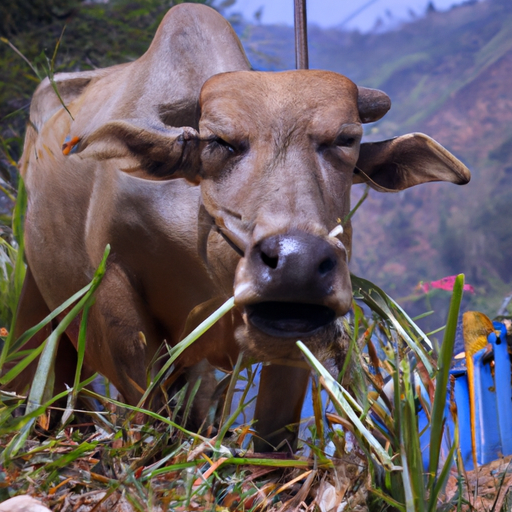 Introduction:
Introduction:
Within the vast tapestry of the animal kingdom, there exists a diverse group of creatures that possess an exceptional ability to adapt to different ecological niches and dietary preferences. These versatile eaters, known as omnivores, have captivated scientists and nature enthusiasts alike for centuries. In this article, we embark on an exploration of the animal world to discover and understand the incredible diversity of omnivorous species and their unique adaptations.
Defining Omnivores:
Omnivores are organisms that have the physiological capacity to consume and derive nourishment from both plant and animal matter. This dietary flexibility provides them with a distinct advantage, allowing them to thrive in various habitats and face changing environmental conditions.
Mammalian Omnivores:
1. Humans (Homo sapiens): As the most dominant species on Earth, humans have evolved to consume a wide range of foods, including fruits, vegetables, grains, meats, and dairy products. Our ability to cook and process food sets us apart from other omnivorous mammals.
2. Bears (Ursidae family): Bears, such as the grizzly bear, polar bear, and black bear, are renowned for their omnivorous diet. They consume a varied menu consisting of berries, nuts, roots, fish, insects, small mammals, and occasionally larger prey.
3. Pigs (Sus scrofa domesticus): Domestic pigs are opportunistic omnivores, capable of feeding on both plant materials and animal products. Their diet includes roots, tubers, fruits, small vertebrates, and carrion.
4. Raccoons (Procyon lotor): Raccoons are intelligent and adaptable omnivores. Their diet includes fruits, nuts, insects, eggs, small vertebrates, and even human leftovers.
5. Primates: Many primates exhibit omnivorous tendencies. For instance, chimpanzees, bonobos, and baboons consume a wide array of fruits, leaves, insects, and occasionally hunt smaller animals like monkeys.
Avian Omnivores:
1. Crows (Corvidae family): Crows, known for their exceptional intelligence, have a diverse diet comprising fruits, seeds, insects, small mammals, eggs, and carrion. They adapt their feeding habits to suit different seasons and available food sources.
2. Pigeons (Columba livia): Urban-dwelling pigeons are often associated with scavenging food scraps. However, they are also known to consume seeds, fruits, and small invertebrates.
3. Gulls (Laridae family): Gulls are opportunistic omnivores, feeding on a variety of food sources, including fish, invertebrates, eggs, small mammals, and even garbage.
Reptilian Omnivores:
1. Green Iguanas (Iguana iguana): These arboreal reptiles have a broad diet, consisting of leaves, flowers, fruits, insects, and occasionally small vertebrates or eggs.
2. Turtles (Testudines order): Many turtle species, including snapping turtles and painted turtles, exhibit omnivorous tendencies. They consume a mix of plant matter, aquatic vegetation, insects, small fish, and carrion.
Aquatic Omnivores:
1. Otters (Mustelidae family): Both sea otters and river otters are known to be omnivorous creatures. They feed on a diverse diet, including fish, crustaceans, mollusks, aquatic plants, and small mammals.
2. Penguins (Spheniscidae family): Although primarily known as carnivorous hunters, certain penguin species, like the Adélie and Gentoo penguins, supplement their diet with krill and other small marine organisms.
Conclusion:
The world of omnivorous animals is a tapestry of adaptability, diversity, and ecological significance. From humans to bears, birds, reptiles, and aquatic creatures, the ability to consume both plant and animal matter has allowed these species to thrive across a wide range of habitats. By studying and understanding omnivores, we gain valuable insights into the complex dynamics of ecosystems and the remarkable adaptations that have evolved throughout the animal kingdom.
